Elevate Your Shopify Store: Essential Shopify SEO Tips
In this comprehensive guide, we will delve into the world of Shopify SEO and provide essential tips and strategies to enhance your store’s visibility and ranking on search engine result pages (SERPs).
Key Takeaways
-
A successful SEO strategy encompasses on-page elements like titles, meta descriptions, and image alt texts, as well as off-page elements like backlink building and content marketing. Site architecture, mobile optimization, user reviews, page speed, and even the user experience play a crucial role.
-
Shopify is equipped with native capabilities designed for SEO. Whether it’s optimizing product titles and descriptions, enhancing site navigation, or ussing Shopify’s SEO apps, store owners should maximize these features to set a solid foundation.
-
Business owner should also integrate external tools, like Google Webmaster Tools and keyword research platforms, can provide an edge over the competition, ensuring your store remains discoverable and ranks higher in search results.
Key Areas You Should Focus On To Enhance Shopify SEO
While many consider SEO primarily about keyword optimization, it encompasses everything from site architecture to user experience. There’s a distinctive blend of general SEO best practices and platform-specific recommendations, particularly for Shopify store owners. Search engines evolve over time. However, they all value the right keywords and quality content. It’s essential to work on technical SEO continuously.
Here are the pivotal areas you should be concentrating on to enhance your Shopify SEO significantly:
- Keyword Research: Understand what your potential customers are searching for. Use tools to find relevant keywords that can drive traffic to your store.
- High-Quality Content: Content isn’t just product descriptions. Create blog posts, guides, and other informational content that answers questions and adds value.
-
On-Page SEO:
- Title Tags: Make them descriptive and relevant.
- Meta Descriptions: Write compelling descriptions to entice clicks.
- Header Tags: Organize your content with H1, H2, and so on.
-
Image Optimization: Use descriptive alt text and compress images for faster loading.
- Site Structure and Navigation: Ensure your website is easy to navigate. A well-organized site helps search engines crawl and index your pages efficiently.
- Mobile Optimization: With the increasing number of mobile shoppers, ensure your site is mobile-friendly.
- Internal Linking: Link relevant pages within your site to spread link equity and help users navigate.
- Backlinks: Earn high-quality backlinks from reputable sites. They act as endorsements and boost your site’s authority.
- Page Speed: Improve your site’s loading speed. Slow-loading pages can hurt rankings and user experience.
- User Reviews: Encourage customers to leave reviews. Positive reviews can improve trust and boost conversions.
- Schema Markup: Implement structured data to help search engines understand your content better and enhance your appearance in search results.
- Regular Audits: Periodically check your site for broken links, outdated content, and other issues that can affect SEO.
Shopify SEO Guide: Best Ways To Boost Your Ranking

Here’s an in-depth dive into some foundational steps you can implement to rank better and make your Shopify store more discoverable:
Submit Your Shopify Site With Webmaster Tools
Before diving into your online store’s SEO, ensure leading search engines recognize it. While search engines like Google and Bing usually find and list your e-commerce site automatically, a more efficient method exists. This alternative speeds up the indexing process and offers tools for monitoring, enhancing, and handling your search results and relevant keywords.
Step-by-step Guide (We take Google Webmaster Tools as an example, but the process is fairly similar with Bing):
Step 1: Start by opening the Google Search Console, log in to your Google account and click Start Now.
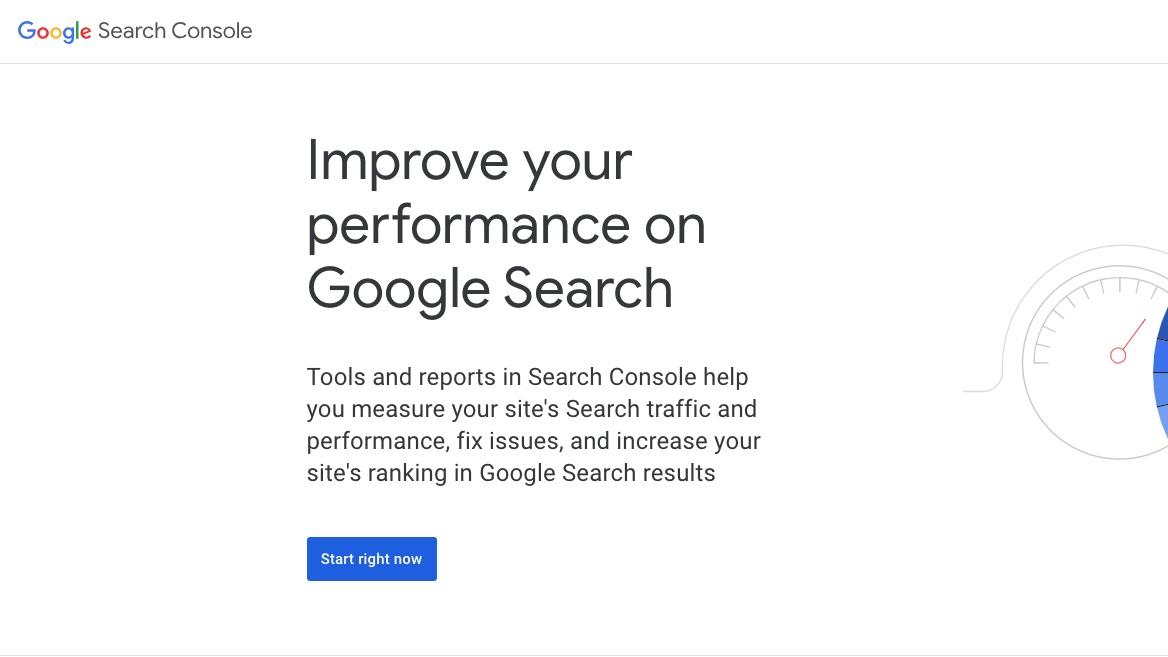
Step 2: Then, under Domain, enter your website’s URL.
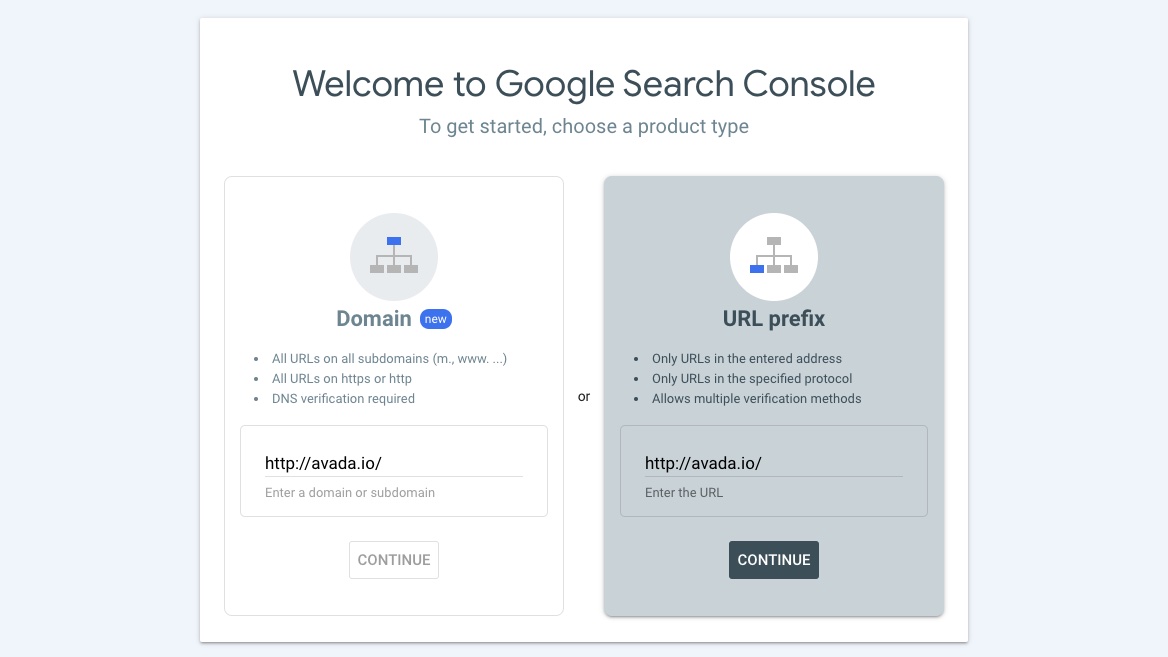
Step 3: Verify your site. To do this, you need to contact Shopify and ask them to add the TXT record to your DNS settings. If you’re familiar with these tasks, you can also choose to handle them on your own.
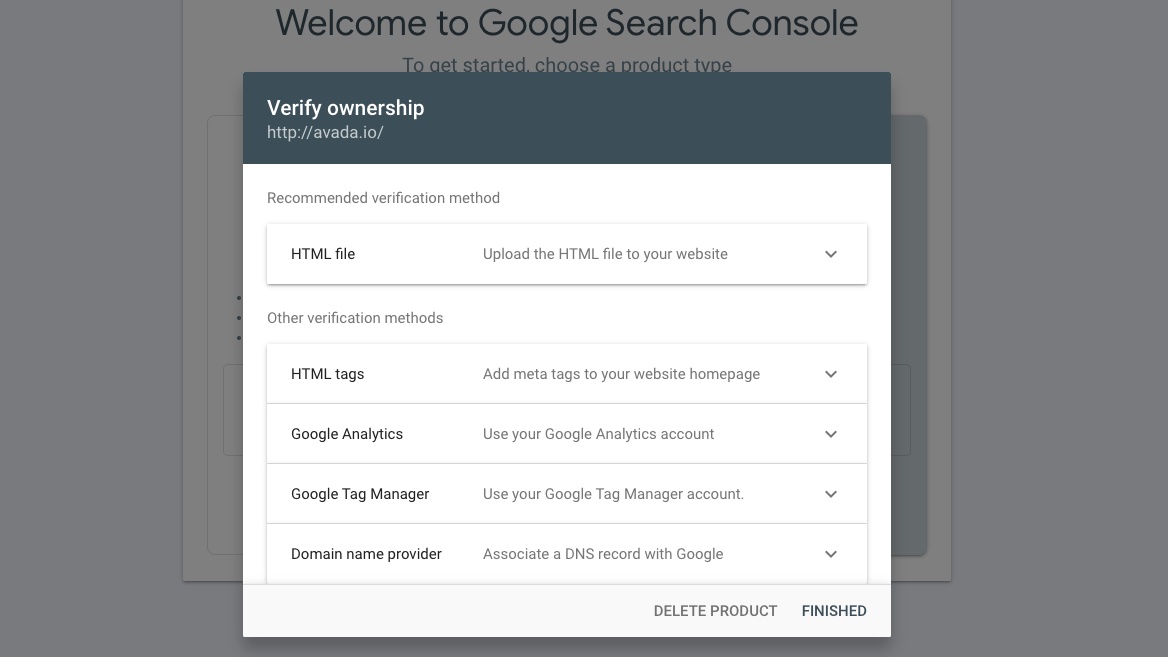
Step 4: Once done, a dashboard becomes accessible. Here, you can monitor your site’s performance on Google, examine URL issues, and submit your sitemap.xml for more efficient website crawling.
Research and Find The Right Keywords
Search engines don’t instantly recognize the specifics of what you’re selling. While they might not extract much from images, and your unique product descriptions might only convey basic information, you can optimize further.
There are plenty of sophisticated tools online promising to identify the right keywords for your store, your own understanding, industry insights, and customer feedback can also guide your keyword selection.
Amazon Keyword Tool

The Amazon Keyword Tool is a valuable resource for Shopify store owners. It lets you discover popular keywords and phrases that shoppers use when searching for Amazon products.
Try entering a seed keyword into Amazon – a basic term you would like to rank for. This will suggest other related keywords. Keep an eye out for long-tail keywords typically span three to four words. The longer and more specific the keyword, the lower the competition. This often translates to better conversion rates.
This tool can be a game-changer if you have a vast product catalog. And the best part? It offers three free searches daily, costing you nothing. After each search, you can review all suggested keywords, add them to your collection, and then export this list to a CSV using the ‘Download Selected Keywords’ option.
You can also explore other major eCommerce competitors in your industry using this tool to gain more keyword insights.
Google Keyword Planner
Google Keyword Planner is another powerful tool to help you find relevant keywords for your Shopify site. It provides insights into the search volume and competition for specific keywords, allowing you to identify high-potential keywords to target. This tool also offers keyword suggestions based on your initial input, helping you discover related keywords you may not have considered.

For keyword creation, think creatively. Use Google’s autocomplete to discover extended keyword suggestions. You can also type in keywords and hashtags on Instagram to understand the search patterns people use on social media. Draft a customer profile detailing their needs, desires, and challenges; this can uncover additional keyword options.
If a keyword underperforms in search results, look for a higher-volume alternative or input new related keywords, and prioritize keywords with monthly searches in the upper hundreds to lower thousands range.
After this exercise, you’ll have a curated list of keywords for your ecommerce site. Retain it, as you’ll integrate it into subsequent steps.
Keyword Research Tool (SEMRush)

SEMrush is a powerful tool for expanding your website’s keyword list. It provides tried-and-true keywords that have successfully placed competitor and industry-leading websites at the top of Google search results.
Using its organic and paid search features, you can get detailed insights about each keyword’s value. SEMrush offers data like cost-per-click (CPC), search volume, trends, and related ad copies for every keyword in its database. Additionally, you can see major players using those keywords and their popular conversion pages. Plus, this data is available for both desktop and mobile searches.
LSI keyword
LSI, or Latent Semantic Indexing, keywords are terms closely related to your primary keyword. They help search engines understand the depth of your website’s content. For example, if you post a blog about cold brew coffee, Google will look for “cold brew coffee” in areas like your title tag, content, and image alt text. But they’ll also check for LSI keywords like “filter,” “temperature,” “grind,” “cold water,” and “ice.” This gives them a fuller picture of the content’s context.
Leverage Shopify Built-In SEO
Shopify is designed with SEO in mind. By maximizing these native capabilities, you lay a strong foundation for your store’s visibility in search engines. Here’s a deep dive into Shopify’s SEO tools and functionalities.
- Page Titles and Meta Descriptions:
In Shopify’s dashboard, select “Online Store” under “Sales Channels,” then click on “Preferences.”
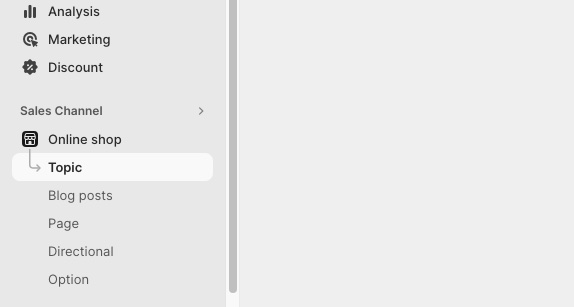
The first section in “Preferences” lets you set your store’s general title and meta description. Users see this on search engines like Google when they find your site. For example, your title might read: “Joe’s Shoes – Retro Basketball Shoes from California.” The description offers a brief overview of your store with some keywords.

While on this page, consider setting up the “Social Sharing Image.” It’s a part of SEO too. Further down, you’ll find the “Google Analytics” section. Google Analytics offers in-depth tracking of your organic traffic and store performance. It’s more extensive than Google Webmaster Tools. Link your Google Analytics account to Shopify here. And if you’re considering using Facebook, it’s wise to also set up the Facebook Pixel.

- Product title and description Optimizing a product page for search engines mainly involves adding keyword-rich Titles and Descriptions. These should guide customers in their purchasing decisions, balancing between being persuasive and informative. Think of it as blending a sales pitch with helpful advice. While incorporating keywords, ensure the content remains natural.
The description also allows for a deeper dive into your product’s story by adding media like videos and pictures.
Below on the product page, you’ll find the “Media” section. A good practice is to include at least five high-quality product photos, compensating for the tactile absence in online shopping. After uploading, edit the alt text for each image to enhance SEO.
Site architecture
Opt For Responsive Design
Google now prioritizes mobile-first indexing, basing indexing and ranking mainly on the mobile version of a site. A non-responsive site may suffer in search rankings. So, pick mobile-responsive themes for your Shopify store and frequently check its performance on various devices to guarantee optimal adaptability.
Strengthen And Simplify Your Site Navigation
Your menu is a key tool for users to find products and explore collections. Keep it straightforward and add collections to the menu as your product list grows.
To modify your menus, navigate to “Online Store > Navigation” on the Shopify dashboard.
Generally, your store should include these navigation elements:
- A search bar.
- A main menu.
- Breadcrumb navigation.
- Footer links.
Include A Search Box
Most Shopify themes come with a built-in search bar. Ensure your chosen theme has this feature. Additionally, advanced search bar apps are available that suggest products to users as they enter keywords.
From an SEO vantage point, internal search queries can be a goldmine of insights. You can refine content, product listings, and broader SEO strategies by understanding what your customers seek.
Integrate Shopify SEO Apps
Shopify shines in its array of SEO tools. These tools, specifically crafted for Shopify, offer integrated solutions for various SEO needs without causing disruptions.
Here’s a brief list of must-have SEO apps for your Shopify store:
- AVADA Image Optimizer: This tool auto-resizes and compresses images for quicker website loading.
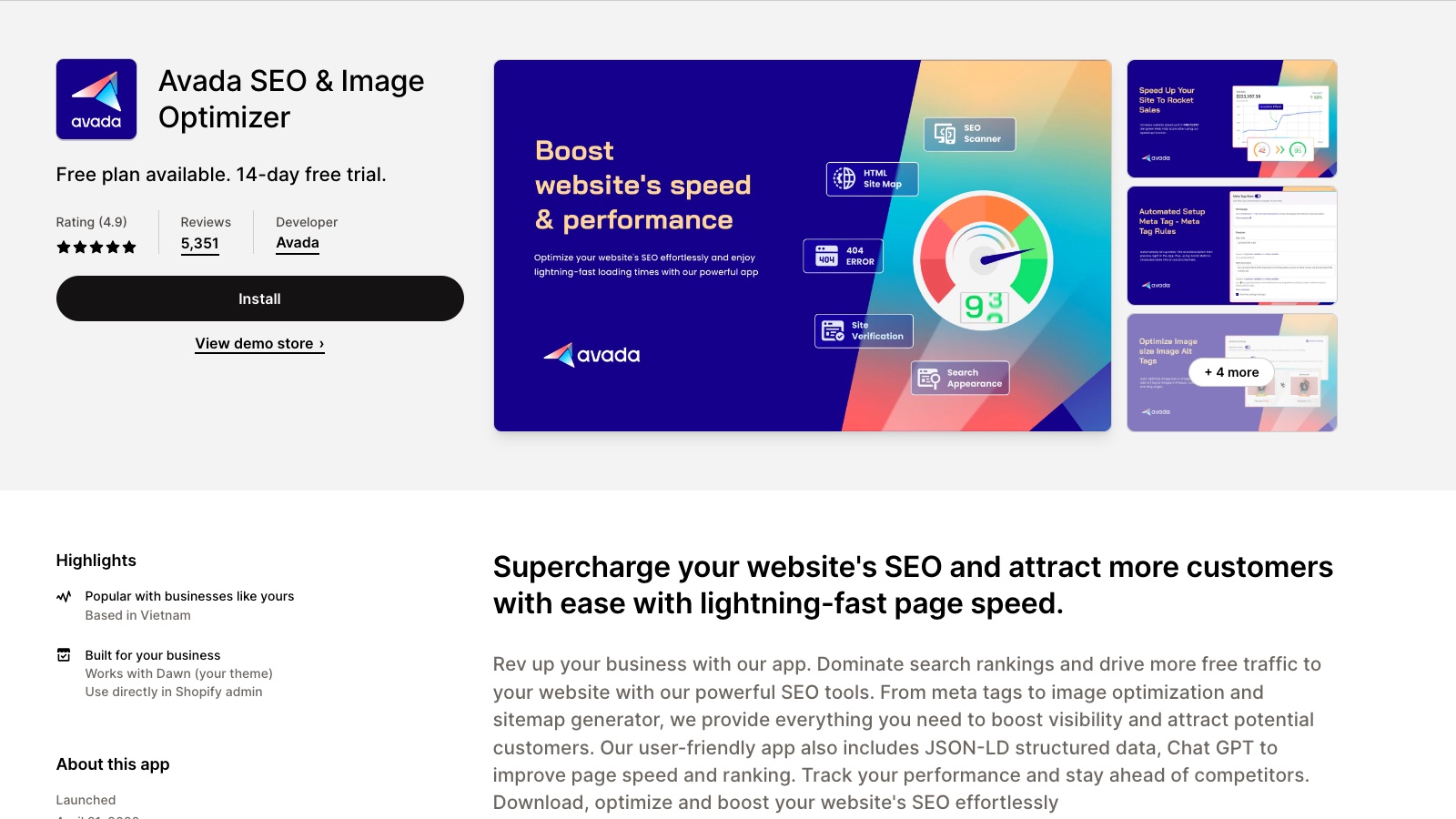
- BOOSTER SEO & IMAGE OPTIMIZER: A tool to automate various SEO tasks like crafting alt-texts and managing meta details.

- Webrex: SEO Optimizer & Schema: Enhances search results with visual elements (like ratings) via rich snippets. Plus, it usually comes with added features, such as integrating the Google Search Console and assisting with sitemap submissions.
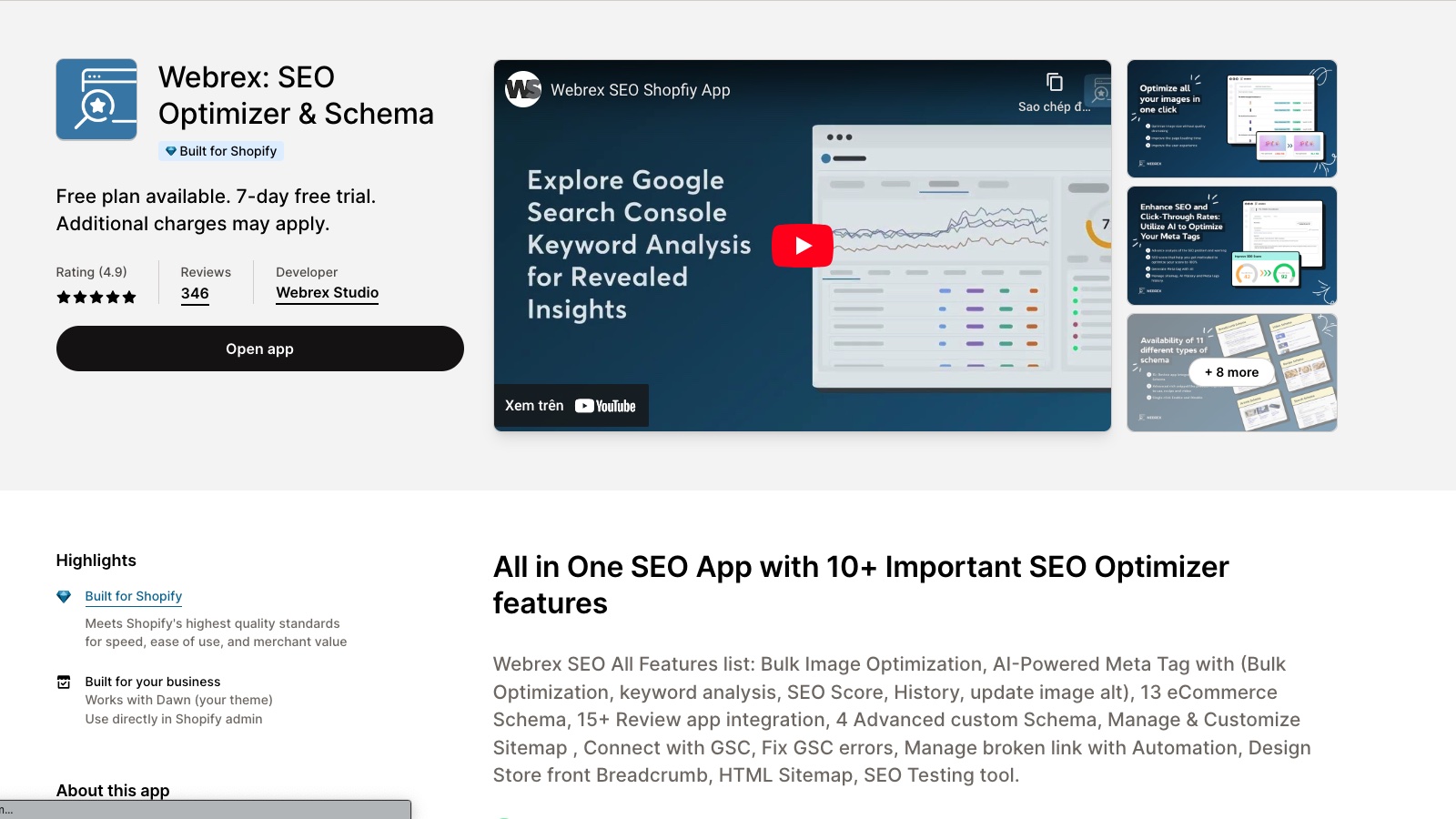
Launch A Blog
Here’s how blogging benefits your Shopify store:
- Increased Web Presence: Blogging adds more pages to your website, enhancing the likelihood of users finding your site.
- Educate and Convert: Informative content can persuade potential buyers of a product’s value, resulting in sales.
- List Building: Blog posts can be leveraged to grow your email list, fostering more conversions.
- Establish Authority: Quality content portrays your site as a trustworthy knowledge hub within your industry or product niche.
- Link Building: High-quality, relevant blog posts can attract backlinks from other reputable sites, enhancing your site’s SEO.
While Shopify’s blogging platform isn’t as extensive as WordPress, it’s sufficient for many e-commerce sites.
To begin blogging on Shopify, first head to the Sales Channel tab. Next, click on Online Store and then select Blog Posts.
Now, let your creativity flow! Craft a compelling title and create engaging content. Remember to enrich your post with quality images and videos for search engines within Shopify’s platform.
Once you’ve established your blog, consider sharing your posts on social media platforms like Facebook and Instagram. Joining forums related to your niche can also be beneficial. Furthermore, consider collaborating with other bloggers or marketers. You might offer to guest post on their blogs, or they might link to your content, enhancing your reach.
On-page
Here are some key on-page optimization techniques to consider:
Clean Up Your Shopify URLs
Shopify automatically generates SEO-friendly URLs for your store’s pages, product collections, and products using the page title. However, you can also manually edit the URL to further optimize it for search engines.
Your main aim is to keep URLs concise and optimized for target keywords. Avoid overly detailed product URLs. Instead of using a URL like “www.yourwebsite1.com/products/t334-red-shoes-retro-292.php?ref=293829size”, go for something simple like www.yourwebsite1.com/products/retroshoes.
To optimize your URLs:
- Visit any page, post, or product in the Shopify admin.
- Find the Search Engine Listing Preview.
- Check that the title and description are set.
- Review and edit the URL and handle it as needed.
The following methods can help make your URLs optimization-friendly:
- Incorporate Relevant Keywords: Ensure your URLs contain relevant keywords or terms. Aim for clarity in naming to benefit both users and search engines. Maintain a consistent structure throughout your site for clarity.
- Edit Default Blog URLs: Platforms often auto-generate URLs when you post a blog. These can be lengthy and unclear. Instead, modify them to offer a concise summary of your blog content. This not only aids in better SEO indexing but also appears neater when shared.
- Redirect Old URLs: Use 301 redirects for changed URLs. This means if someone clicks on the old link, they’re automatically taken to the updated page. This can be set up from the URL Redirects section in your dashboard.
- Repurpose URLs for Similar Products: If a product is no longer available, consider reusing its URL for a related item. While this won’t work for every expired product, it’s a useful strategy when applicable.
Optimize top page
Start with the most crucial pages that generate the most revenue and have the highest conversion rates. This includes your homepage, primary product collections, and best-selling product pages. Even if your store is brand new, always begin by optimizing your homepage.
To determine which other pages to prioritize:
- Look at product pages that garnered significant attention before your store’s launch.
- Focus on pages related to high-search volume keywords you’ve identified (with more than 10,000 searches per month).
For optimization, embed pertinent keywords in the page titles, meta descriptions, headings, and main content. Undertake comprehensive keyword research to pinpoint the most valuable keywords for your store and incorporate them systematically in your optimization process.
Test For Broken Links
Broken links can negatively impact user experience and harm your SEO efforts. Regularly check for broken links on your Shopify store using tools like Google Search Console or third-party link-checking tools. Fix any broken links by updating the URLs or redirecting them to relevant pages. This ensures a seamless browsing experience for your visitors and helps search engines crawl and index your site effectively.
Optimize images
Images are an essential part of any Shopify store but can also impact page load speed if not optimized properly. Compress your images to reduce file size without sacrificing quality. Use descriptive file names and alt tags to optimize your images for search engines. Additionally, ensure your images are responsive and properly sized for different devices.
Optimize Content On Shopify Product Pages
Product pages are the heart of any e-commerce store. Ensuring they’re SEO-optimized can drastically enhance visibility. Firstly, create compelling, keyword-rich product descriptions. Avoid manufacturer descriptions; craft unique content that speaks to your audience. Ensure the use of relevant keywords but avoid keyword stuffing. Incorporate client reviews and use schema markup to offer richer previews in search results, increasing click-through rates.
Link Building
Link building is a cornerstone of off-page SEO. Essentially, it’s the process of acquiring links from other websites to your own. Here’s why it’s vital:
- Discovery: Google’s bots, or “crawlers,” use links to discover content. If your site isn’t linked anywhere, it might remain invisible to these bots.
- Ranking: Links are among the top ranking factors for search engines. Google, for instance, views them as endorsements or votes of confidence. Think of it this way: if another site is willing to vouch for your content by linking to it, that content must have value. The more quality endorsements (links) your site has, the higher its authority, which can positively influence its ranking.
However, before diving into link building, you need a solid foundation:
- Content is King: No one links to mediocre content. You need high-quality, relevant, and valuable content that other sites would naturally want to reference.
- Engaging Headlines: Your headlines should be compelling to both search engines and users. An impactful headline can make the difference between a click and a pass.
- Optimized Content: Utilize keywords effectively. This doesn’t mean stuffing your content with them but including them naturally so users can find your content when they search for related terms.
Lastly, always remember to write for humans first, then search engines. Prioritize user experience and the value you provide; the links will follow.
Bottom Line
Investing in Shopify SEO is akin to laying a strong foundation for a building. The stronger the foundation, the more resilient and long-standing your Shopify store will be in the vast digital marketplace. Implement these strategies, stay consistent, and witness a marked growth in your store’s organic traffic and sales.
New Posts







